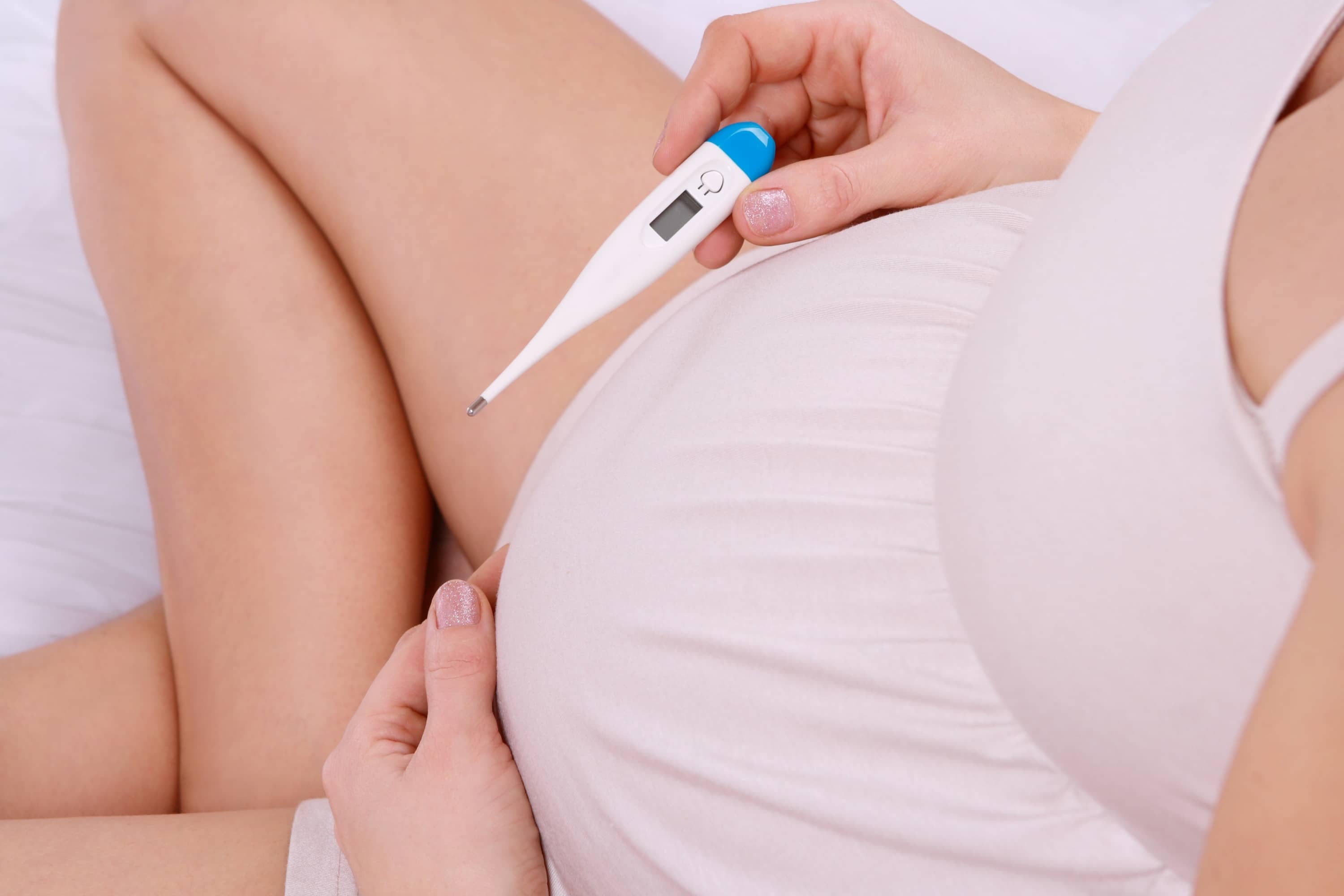
The Center for Medicare and Medicaid Services (CMS) is constantly progressing its policies, particularly concerning its value-based care programs. Of these programs, MACRA, the Medicare Access and CHIP Reauthorization Act, represents a highly innovative legislative measure to encourage quality care among CMS-reimbursed physicians. Signed into law in 2016, MACRA created distinct payment pathways for physicians such as the Merit-Based Incentive Payment System (MIPS) and the Alternative Payment Models (APMs) program. The following article will discuss 2018 updates to MACRA and MIPS specifically, with an emphasis on how such updates will affect providers and practices at-large.
For individual clinicians, reporting requirements under MACRA will dramatically increase in 2018. To begin, a physician or practice’s score is calculated utilizing various quantitative measures for quality. In order to have a score included in the total score, CMS requires physicians to satisfy specific data submission requirements by utilizing a data completeness measure. Data completeness is defined as the percentage of potential data that the physician submits to CMS upon reimbursement request. In 2017, the threshold for data completeness was set at 50%, however in 2018 CMS has increased this threshold to 60%. This increase reflects the shift at CMS to integrate claims data from a variety of healthcare institutions.
In addition to more rigorous data reporting requirements, CMS will begin to assess cost measures for CMS institutions, a dramatic shift from the previous policy. Initially, the inclusion of cost measures in MACRA/MIPS evaluations was set to occur in 2019, however CMS accelerated this timeline by including it in 2018. For MIPS scoring purposes, cost will account for 10% of the total score. Furthermore, points for cost will be calculated by measuring Medicare Spending Per Beneficiary (MSPB) and cost per capita. Once the data is submitted, CMS will perform cost calculations in order to minimize potential institution biases. CMS is setting the level of contribution of cost to the total score at a conservative 10%, with the aim to double this contribution by 2019. In essence, 2018 will serve as a pilot year of sorts for CMS to test the methodologies and processes around measuring, evaluating, and applying cost to scoring.
Lastly, CMS has made a concerted effort to account for the wave of natural disasters that plagued the United States in 2017 (Hurricane Irma, Hurricane Harvey, Hurricane Maria). Physicians and practices that are located in those areas that are MIPS-affiliated may submit a hardship exception application to account for a dearth of data or reporting requirements. Moreover, these physicians and practices will not be subject to late penalties.
In sum, the MACRA and MIPS changes for 2018 are significant in progressing the cost and quality agenda of CMS, while also remaining cognizant of the influential impact of the environment on healthcare over the past year. Future updates will continue to streamline evaluation processes, ensuring that value is at the center of the U.S. healthcare system.
Sources:
- https://www.cms.gov/Medicare/Quality-Payment-Program/Resource-Library/QPP-Year-2-Executive-Summary.pdf
- https://www.cms.gov/Medicare/Quality-Payment-Program/Resource-Library/QPP-Year-2-Final-Rule-Fact-Sheet.pdf
- https://www.cms.gov/Medicare/Quality-Initiatives-Patient-Assessment-Instruments/Value-Based-Programs/MACRA-MIPS-and-APMs/QPP-MIPS-Quality-and-Cost-Slides.pdf

